 In 2022, Canada hosted a pivotal UN nature summit in Montreal, where the Liberal government led a diplomatic push for a global deal on protecting ecosystems. Countries agreed to conserve 30 per cent of the world’s lands and oceans. Canada pledged to reach that target by 2030 with a plan to more than double the current amount of protected spaces. Three years later, the landscape is very different. Steven Guilbeault, the former environmental minister … has quit cabinet over new moves to expand oil and gas resource development. Prime Minister Mark Carney’s first budget barely mentions nature and his government is focused instead on major resource projects. Now, environmental groups and others are concerned that the apparent pivot from the Carney government will reverse years of progress made on nature conservation. Among the initiatives now facing uncertainty: new national parks and protected areas, as well as federal support for the “win-win” Indigenous guardians program…
In 2022, Canada hosted a pivotal UN nature summit in Montreal, where the Liberal government led a diplomatic push for a global deal on protecting ecosystems. Countries agreed to conserve 30 per cent of the world’s lands and oceans. Canada pledged to reach that target by 2030 with a plan to more than double the current amount of protected spaces. Three years later, the landscape is very different. Steven Guilbeault, the former environmental minister … has quit cabinet over new moves to expand oil and gas resource development. Prime Minister Mark Carney’s first budget barely mentions nature and his government is focused instead on major resource projects. Now, environmental groups and others are concerned that the apparent pivot from the Carney government will reverse years of progress made on nature conservation. Among the initiatives now facing uncertainty: new national parks and protected areas, as well as federal support for the “win-win” Indigenous guardians program…

 Over an hour of discussion followed BC Timber Sales’ (BCTS) presentation at the Sunshine Coast Regional District’s (SCRD) Dec. 11 committee of the whole meeting. …BCTS representatives, a delegation at the committee meeting, faced a direct ask from Gibsons area alternate director Annemarie De Andrade to pause harvesting activities on TA0519, in the Gibsons aquifer recharge area pending further study of the impacts of such logging. “We can continue to listen and continue with a light footprint, but we cannot pause,” was the response from BCTS’s Chinook Business Area timber sales manager Stacey Gould. She explained BCTS has a role as a revenue generator for the province. …That “lighter” BCTS footprint… is havesting about half of the volume it is permitted to on the lower Sunshine Coast. To make up for that, higher levels of harvesting need to be undertaking in other locations.
Over an hour of discussion followed BC Timber Sales’ (BCTS) presentation at the Sunshine Coast Regional District’s (SCRD) Dec. 11 committee of the whole meeting. …BCTS representatives, a delegation at the committee meeting, faced a direct ask from Gibsons area alternate director Annemarie De Andrade to pause harvesting activities on TA0519, in the Gibsons aquifer recharge area pending further study of the impacts of such logging. “We can continue to listen and continue with a light footprint, but we cannot pause,” was the response from BCTS’s Chinook Business Area timber sales manager Stacey Gould. She explained BCTS has a role as a revenue generator for the province. …That “lighter” BCTS footprint… is havesting about half of the volume it is permitted to on the lower Sunshine Coast. To make up for that, higher levels of harvesting need to be undertaking in other locations.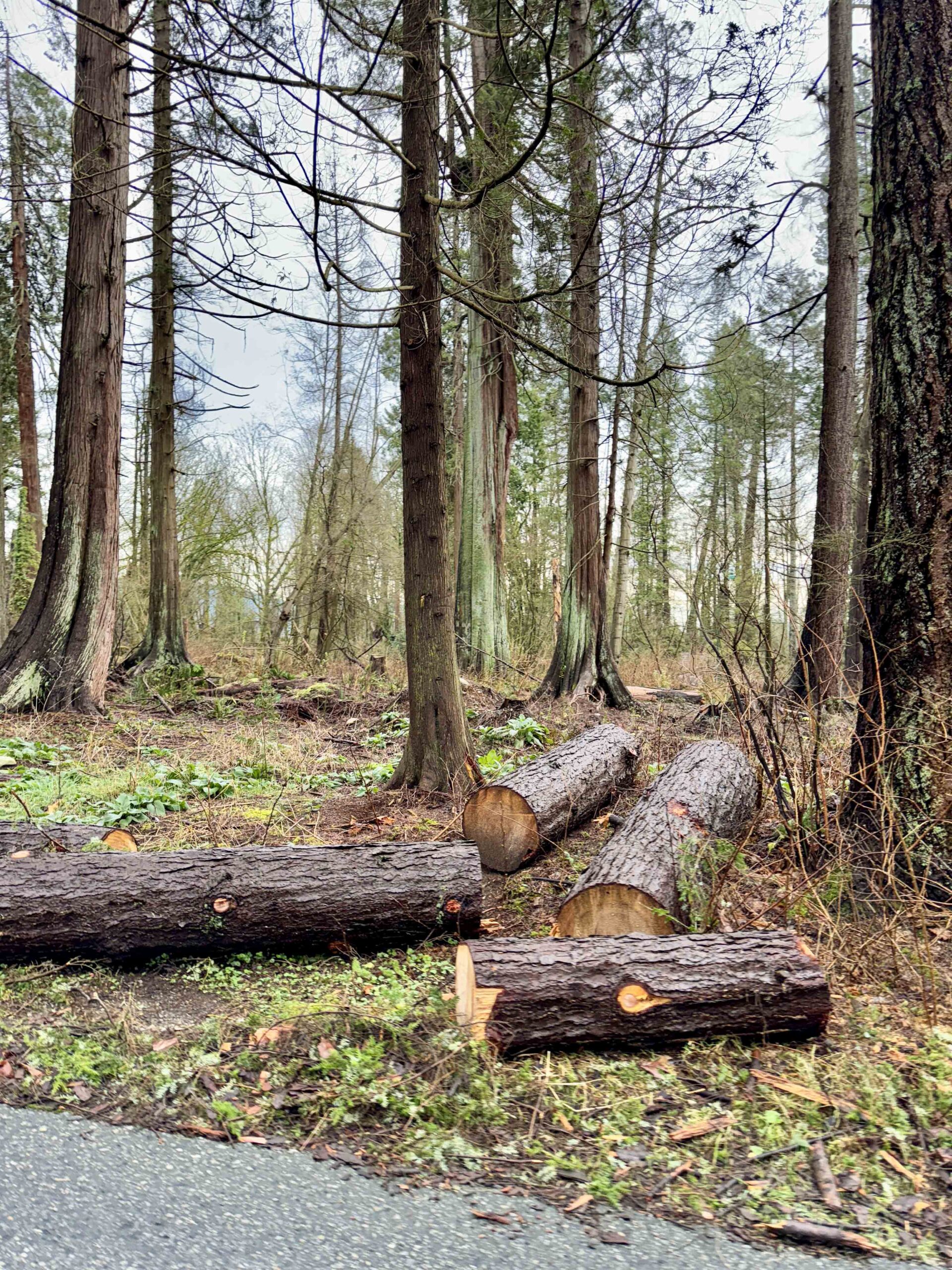 A B.C. court has issued a rebuke to the City of Vancouver, declaring it overstepped its authority when it authorized the cutting down of thousands of trees in Stanley Park without approval from the park board. Handed down Dec. 17, the decision from B.C. Supreme Court Justice Jasvinder Basran analyzed a multi-stage approval to cut down thousands of trees in Vancouver’s largest park. In 2023, the city entered into an $1.9-million supply agreement with B.A. Blackwell and Associates to remove an initial 7,000 trees over six months [due to] a hemlock looper moth infestation… According to Basran’s judicial review, the initial decision to cut down trees in Stanley Park … was made without the proper authority. …The judge found the city circumvented the park board’s authority in the first phase of the tree removal, but that it went through the proper channels to approve the second and third stages of the work.
A B.C. court has issued a rebuke to the City of Vancouver, declaring it overstepped its authority when it authorized the cutting down of thousands of trees in Stanley Park without approval from the park board. Handed down Dec. 17, the decision from B.C. Supreme Court Justice Jasvinder Basran analyzed a multi-stage approval to cut down thousands of trees in Vancouver’s largest park. In 2023, the city entered into an $1.9-million supply agreement with B.A. Blackwell and Associates to remove an initial 7,000 trees over six months [due to] a hemlock looper moth infestation… According to Basran’s judicial review, the initial decision to cut down trees in Stanley Park … was made without the proper authority. …The judge found the city circumvented the park board’s authority in the first phase of the tree removal, but that it went through the proper channels to approve the second and third stages of the work.


 The Alberta government isn’t ruling out lifting a near 20-year ban on hunting grizzly bears, a divisive issue between conservationists, politicians, and hunters. Forestry and Parks Minister Todd Loewen says all options are on the table following several recent bear attacks and close encounters in the province. Grizzlies are being spotted in parts of the province they haven’t inhabited in more than a century. “There’s no plans at this time yet. We don’t want to take anything off the table. I think it would be irresponsible not to have all options on the table so we’re looking at everything,” Loewen said. There has been a ban on hunting grizzly bears in Alberta since 2006. …Loewen says there are several factors that would have to be considered …including the number of bears in the province and recent grizzly-human interactions, and their expansion into the foothills.
The Alberta government isn’t ruling out lifting a near 20-year ban on hunting grizzly bears, a divisive issue between conservationists, politicians, and hunters. Forestry and Parks Minister Todd Loewen says all options are on the table following several recent bear attacks and close encounters in the province. Grizzlies are being spotted in parts of the province they haven’t inhabited in more than a century. “There’s no plans at this time yet. We don’t want to take anything off the table. I think it would be irresponsible not to have all options on the table so we’re looking at everything,” Loewen said. There has been a ban on hunting grizzly bears in Alberta since 2006. …Loewen says there are several factors that would have to be considered …including the number of bears in the province and recent grizzly-human interactions, and their expansion into the foothills.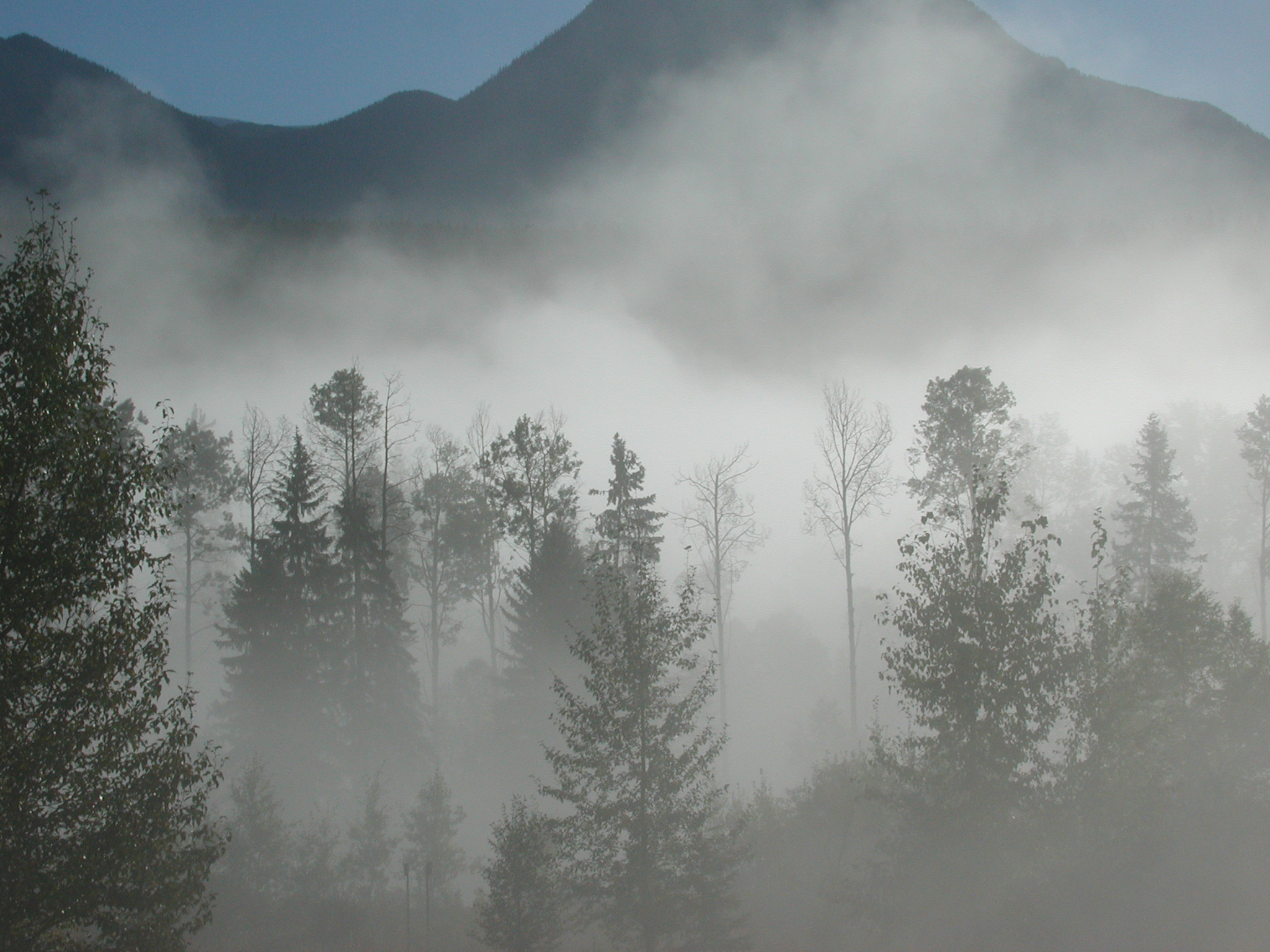 The RCMP made more arrests over the weekend for allegedly breaching the court-ordered injunction at a blockade near a forestry operation in the Carmanah Valley, near Lake Cowichan. A police statement said that on the evening of Dec. 12, while patrolling the injunction area around the Walbran Forest Service Road, police located a cantilever structure across a bridge and a tripod structure in the middle of the roadway a short distance away. The two structures blocked both directions in and out of the cut block where the Tsawak-qin Forestry Limited Partnership and Tsawak-qin Forestry Inc. forest companies were conducting work.
The RCMP made more arrests over the weekend for allegedly breaching the court-ordered injunction at a blockade near a forestry operation in the Carmanah Valley, near Lake Cowichan. A police statement said that on the evening of Dec. 12, while patrolling the injunction area around the Walbran Forest Service Road, police located a cantilever structure across a bridge and a tripod structure in the middle of the roadway a short distance away. The two structures blocked both directions in and out of the cut block where the Tsawak-qin Forestry Limited Partnership and Tsawak-qin Forestry Inc. forest companies were conducting work. A First Nation is suing the B.C. government alleging it advanced a secret land claim policy to give away rights to its traditional territory, surrender control over lucrative carbon credits, and prevent it from safeguarding threatened caribou. The allegations, made in a Dec. 12 lawsuit filed by Chief Johnny Pierre on behalf of the Tsay Keh Dene First Nation, target the B.C. government’s handling of overlapping land claims—specifically, a policy that allows First Nations to switch between multiple identities to give them the best chance of claiming traditional territory. Tsay Keh Dene says it learned of the alleged government policy in October 2025 after the province confirmed the nation would see a sharp drop in the amount of money it received from a previously negotiated agreement to share revenue from forestry activities. In 2023, the province had quietly started negotiating with the neighbouring Kwadacha Nation to develop a similar agreement, the lawsuit claims.
A First Nation is suing the B.C. government alleging it advanced a secret land claim policy to give away rights to its traditional territory, surrender control over lucrative carbon credits, and prevent it from safeguarding threatened caribou. The allegations, made in a Dec. 12 lawsuit filed by Chief Johnny Pierre on behalf of the Tsay Keh Dene First Nation, target the B.C. government’s handling of overlapping land claims—specifically, a policy that allows First Nations to switch between multiple identities to give them the best chance of claiming traditional territory. Tsay Keh Dene says it learned of the alleged government policy in October 2025 after the province confirmed the nation would see a sharp drop in the amount of money it received from a previously negotiated agreement to share revenue from forestry activities. In 2023, the province had quietly started negotiating with the neighbouring Kwadacha Nation to develop a similar agreement, the lawsuit claims.

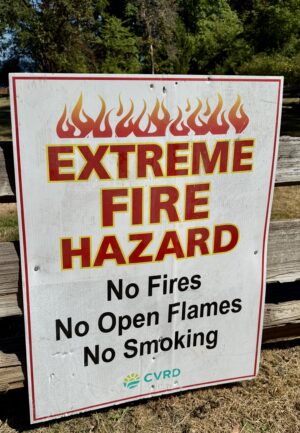







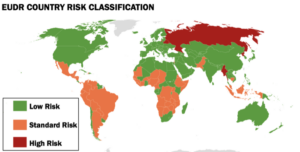 The EU Deforestation Rule has already caused supply chain hurdles for American farmers, ranchers and foresters, and the rule has not even begun being enforced. EU farmers themselves have raised concerns over their compliance requirements and received additional flexibilities, and member governments are still navigating how to implement the complex auditing system. With these logistical challenges clear even to EU officials, the European Commission has voted to once again delay the rule’s implementation until 2026 and 2027 for large and small businesses, respectively. However, as long as the rule stands as currently drafted, agricultural supply chains will be strained from the looming enforcement deadline. Overall, the EU fails to recognize the long-standing position of American farmers and ranchers as global leaders in agricultural production with environmental stewardship. A rule that was originally targeted to penalize bad actors in the global marketplace has now hindered some of the most productive producers in the world.
The EU Deforestation Rule has already caused supply chain hurdles for American farmers, ranchers and foresters, and the rule has not even begun being enforced. EU farmers themselves have raised concerns over their compliance requirements and received additional flexibilities, and member governments are still navigating how to implement the complex auditing system. With these logistical challenges clear even to EU officials, the European Commission has voted to once again delay the rule’s implementation until 2026 and 2027 for large and small businesses, respectively. However, as long as the rule stands as currently drafted, agricultural supply chains will be strained from the looming enforcement deadline. Overall, the EU fails to recognize the long-standing position of American farmers and ranchers as global leaders in agricultural production with environmental stewardship. A rule that was originally targeted to penalize bad actors in the global marketplace has now hindered some of the most productive producers in the world.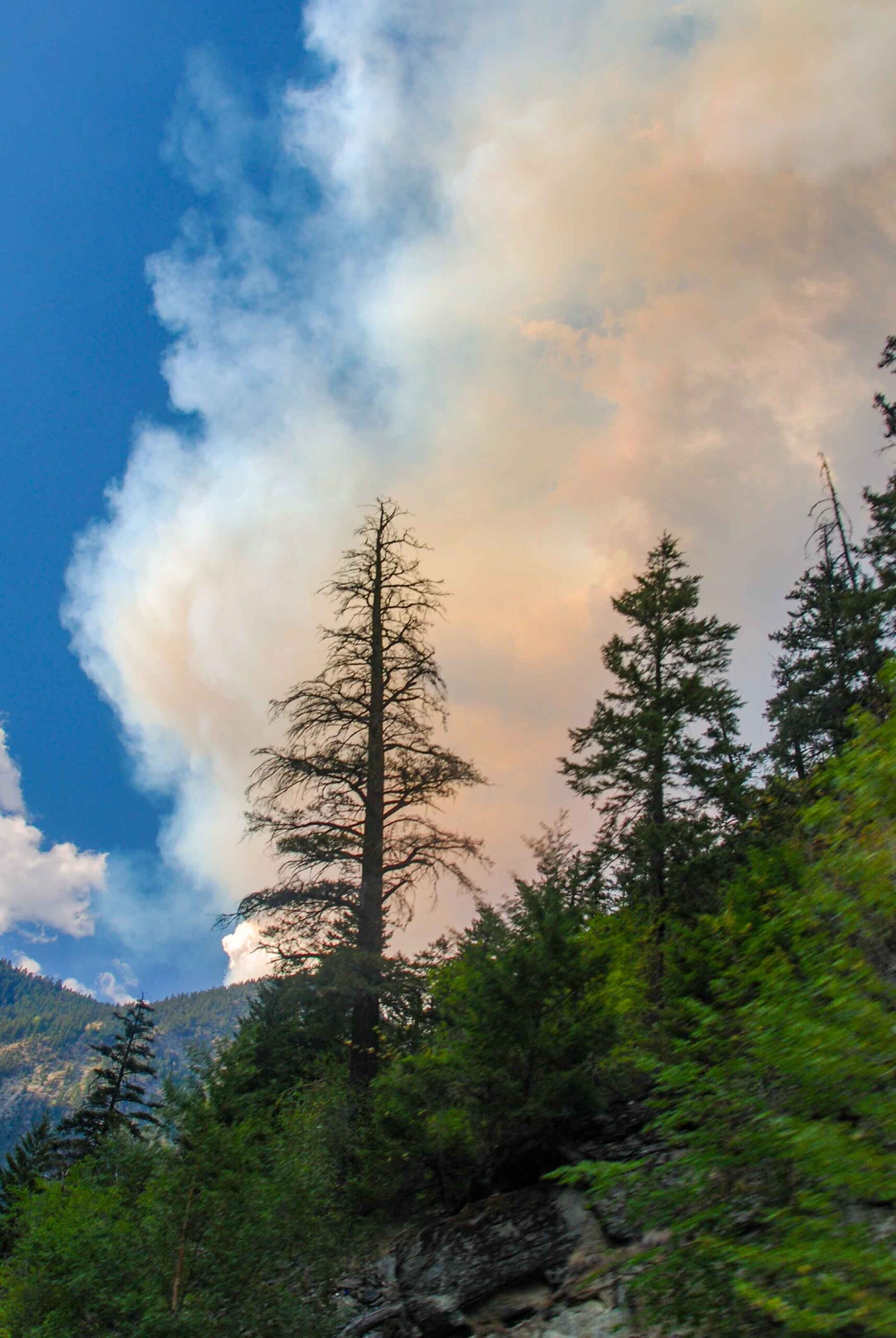 One of the most profound shifts in how the United States manages wildland fire is underway. Federal wildland fire forces are spread across several agencies, closely collaborating but each tackling prevention and protection somewhat differently. Now, the Trump administration is creating an entirely new “U.S. Wildland Fire Service” to combine as much of that under one headquarters roof as it can. A firefighter with decades of federal and local experience says he has been tapped to head that agency, news that heartened much of the wildfire community when it broke just over a week ago. …But the muddled rollout of these plans—along with widespread layoffs at agencies that fight wildfires and a crackdown on efforts to combat the climate change that’s fueling the flames—have sowed concerns that this is not the right administration to carry out such a significant transformation.
One of the most profound shifts in how the United States manages wildland fire is underway. Federal wildland fire forces are spread across several agencies, closely collaborating but each tackling prevention and protection somewhat differently. Now, the Trump administration is creating an entirely new “U.S. Wildland Fire Service” to combine as much of that under one headquarters roof as it can. A firefighter with decades of federal and local experience says he has been tapped to head that agency, news that heartened much of the wildfire community when it broke just over a week ago. …But the muddled rollout of these plans—along with widespread layoffs at agencies that fight wildfires and a crackdown on efforts to combat the climate change that’s fueling the flames—have sowed concerns that this is not the right administration to carry out such a significant transformation.
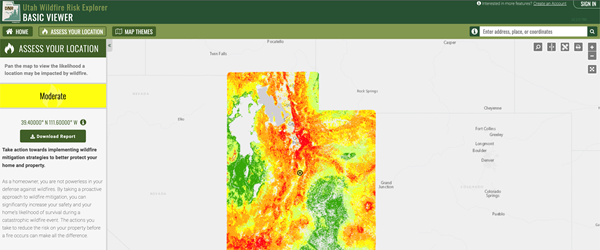

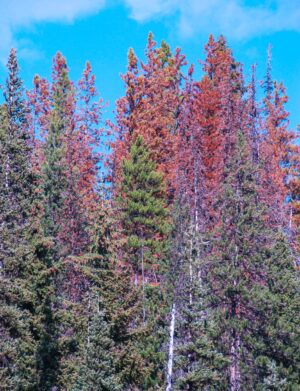 DENVER — Vast swaths of the ponderosa pine forests that blanket Colorado’s Front Range mountains could turn rust-colored and die over the next five years as pine beetles begin to spread aggressively, new federal forecasts show. Aerial surveys conducted by the U.S. Forest Service over the last year found evidence of rapidly spreading beetle infestations along the mountains and foothills that stretch from southern Larimer County to southern El Paso County, including the western flank of metro Denver. Already, pockets of dead trees are visible from Interstate 70 and U.S. 285. The rapid uptick in beetle-killed trees near the state’s largest cities and major highways prompted state leaders to form a task force this month to grapple with the outbreak. Gov. Jared Polis
DENVER — Vast swaths of the ponderosa pine forests that blanket Colorado’s Front Range mountains could turn rust-colored and die over the next five years as pine beetles begin to spread aggressively, new federal forecasts show. Aerial surveys conducted by the U.S. Forest Service over the last year found evidence of rapidly spreading beetle infestations along the mountains and foothills that stretch from southern Larimer County to southern El Paso County, including the western flank of metro Denver. Already, pockets of dead trees are visible from Interstate 70 and U.S. 285. The rapid uptick in beetle-killed trees near the state’s largest cities and major highways prompted state leaders to form a task force this month to grapple with the outbreak. Gov. Jared Polis 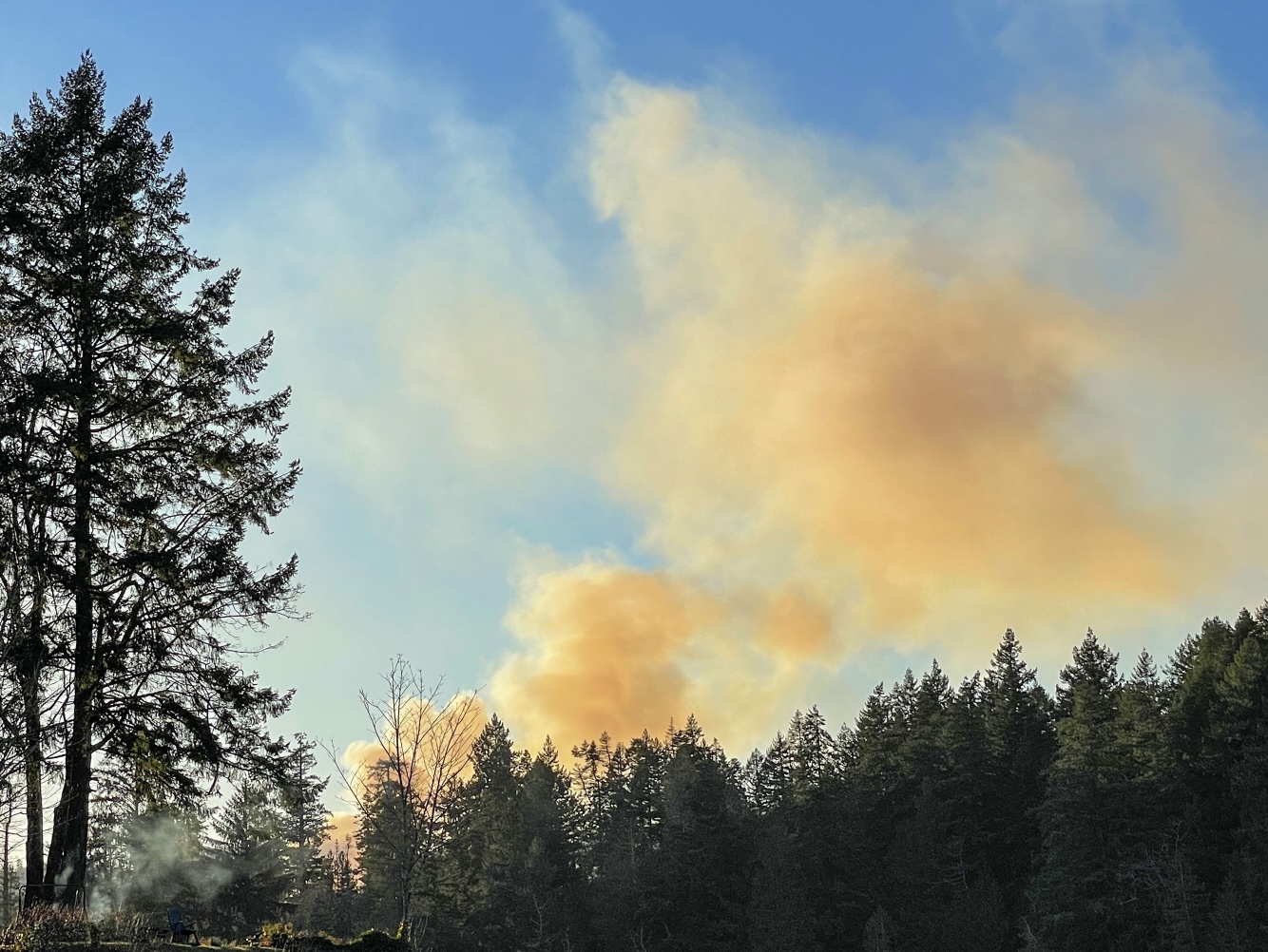 Wildfires are not always purely destructive. In many forests, fire can clear out built up dead material, return nutrients to the soil, and help ecosystems reset. For more than 100 years, the United States has spent billions of dollars on fire suppression to protect people, homes, and sensitive environments. But putting out too many fires can also prevent landscapes from getting the burns they need, allowing extra fuel to accumulate and raising the risk of larger fires later. New research … reports that nearly 38 million hectares of land in the western United States are historically behind on burning. The researchers describe these areas as being in a “fire deficit.” …”Conditions are getting so warm and dry that it’s causing huge amounts of fire compared to the historical record,” said Winslow Hansen, director of the Western Fire and Forest Resilience Collaborative and scientist at Cary Institute of Ecosystem Studies.
Wildfires are not always purely destructive. In many forests, fire can clear out built up dead material, return nutrients to the soil, and help ecosystems reset. For more than 100 years, the United States has spent billions of dollars on fire suppression to protect people, homes, and sensitive environments. But putting out too many fires can also prevent landscapes from getting the burns they need, allowing extra fuel to accumulate and raising the risk of larger fires later. New research … reports that nearly 38 million hectares of land in the western United States are historically behind on burning. The researchers describe these areas as being in a “fire deficit.” …”Conditions are getting so warm and dry that it’s causing huge amounts of fire compared to the historical record,” said Winslow Hansen, director of the Western Fire and Forest Resilience Collaborative and scientist at Cary Institute of Ecosystem Studies. 
 Cutting red tape and streamlining project work have been marching orders for the U.S. Forest Service throughout the first year of the second Trump administration. Last week, a federal court ruling on a Greater Yellowstone landscape project showed how far those directives can backfire. …Initially proposed in 2020, it received a decision notice in 2023. Opponents referred to it by its acronym, SPLAT, and promptly sued to block it. In his December 11 opinion, U.S. District Judge Donald Molloy wrote that South Plateau failed to meet requirements of the National Environmental Policy Act, National Forest Management Act and Endangered Species Act. But he added the “primary challenge concerns the project’s conditions-based management approach.” Molloy generally agreed with the plaintiffs’ concern. “This approach,” he said, “conflates a promise of future statutory compliance with actual compliance.”
Cutting red tape and streamlining project work have been marching orders for the U.S. Forest Service throughout the first year of the second Trump administration. Last week, a federal court ruling on a Greater Yellowstone landscape project showed how far those directives can backfire. …Initially proposed in 2020, it received a decision notice in 2023. Opponents referred to it by its acronym, SPLAT, and promptly sued to block it. In his December 11 opinion, U.S. District Judge Donald Molloy wrote that South Plateau failed to meet requirements of the National Environmental Policy Act, National Forest Management Act and Endangered Species Act. But he added the “primary challenge concerns the project’s conditions-based management approach.” Molloy generally agreed with the plaintiffs’ concern. “This approach,” he said, “conflates a promise of future statutory compliance with actual compliance.”



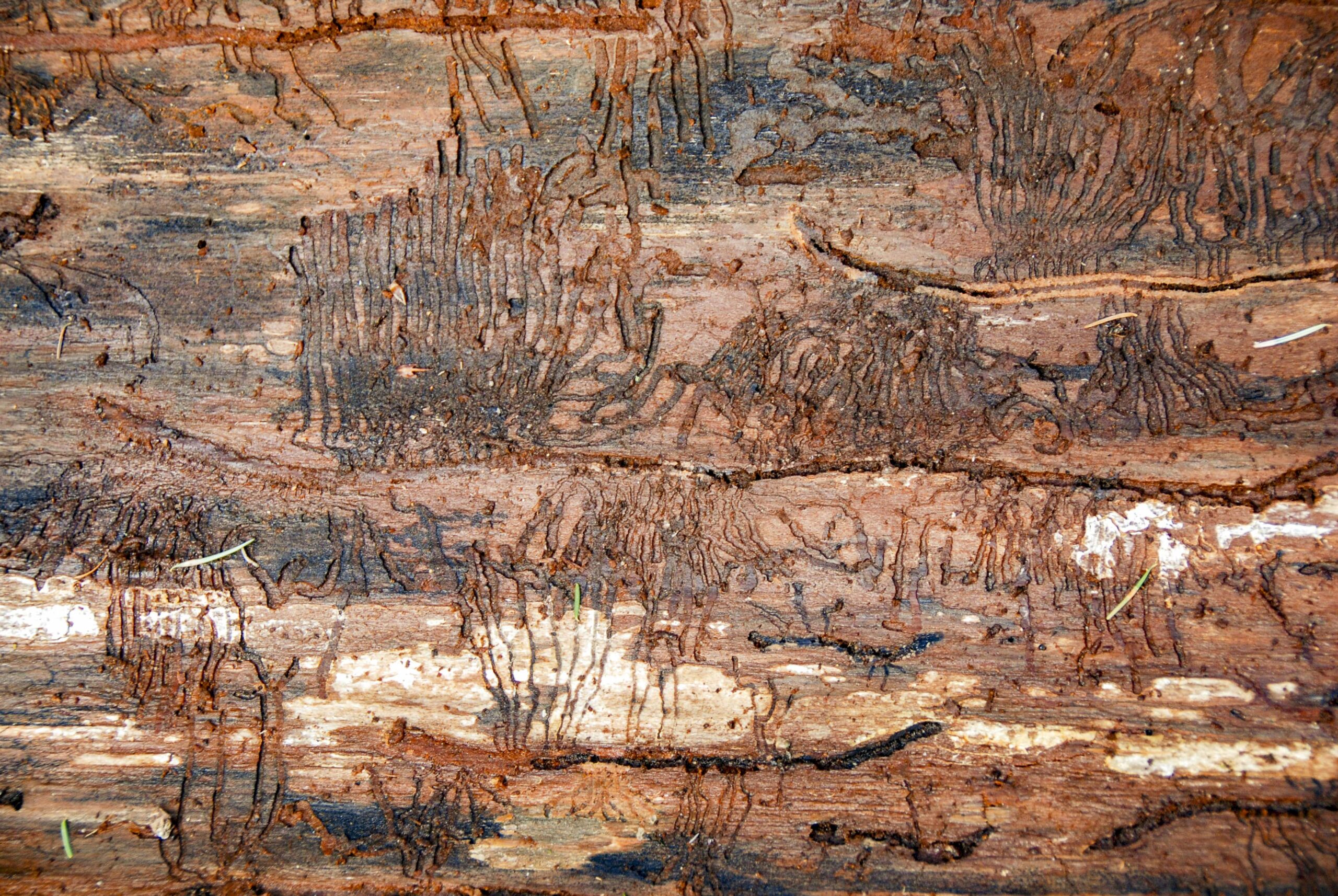 Gov. Jared Polis signed an
Gov. Jared Polis signed an 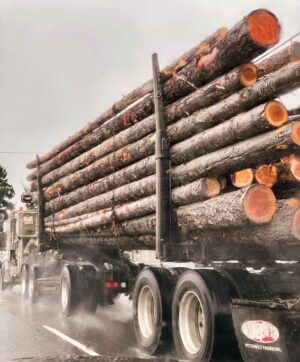 STARKVILLE, Mississippi — For all the major investments and structural changes in 2025, marked by significant sawmill expansions, shifting market dynamics and continued pressure in the pulp and paper sector, Mississippi’s timber industry observed limited monetary change. The state’s total timber value for 2025 is estimated to be $1.47 billion, which is down 1% from last year. This year’s harvest amounted to 36.4 million tons of timber products, which is down slightly from last year based on timber severance tax receipts. The value of standing timber paid to landowners as stumpage was $660 million, a 9% decline from 2024. The harvest and trucking industries, however, added $807 million to timber’s value in 2025, which was 7% more than last year. Eric McConnell, associate professor of forest business, said the industry experienced a sizable increase in the small pine sawtimber. …The forestry industry also faced pulp and paper headwinds.
STARKVILLE, Mississippi — For all the major investments and structural changes in 2025, marked by significant sawmill expansions, shifting market dynamics and continued pressure in the pulp and paper sector, Mississippi’s timber industry observed limited monetary change. The state’s total timber value for 2025 is estimated to be $1.47 billion, which is down 1% from last year. This year’s harvest amounted to 36.4 million tons of timber products, which is down slightly from last year based on timber severance tax receipts. The value of standing timber paid to landowners as stumpage was $660 million, a 9% decline from 2024. The harvest and trucking industries, however, added $807 million to timber’s value in 2025, which was 7% more than last year. Eric McConnell, associate professor of forest business, said the industry experienced a sizable increase in the small pine sawtimber. …The forestry industry also faced pulp and paper headwinds.  FLORIDA – Florida state officials warned of heightened wildfire risks across the state as dry conditions were expected to continue into 2026. “I’ve been with the agency a long time, and this is the driest winter that I can remember in quite a while,” Florida Forest Service Director Rick Dolan said during a Friday press conference. The number of wildfires had increased significantly, with more than 3,000 reported in 2025 compared to approximately 2,000 in 2024. This surge came months before Florida’s typical peak wildfire season, which usually occurs between April and June. Florida Commissioner of Agriculture Wilton Simpson emphasized that human activity was a major concern. “The majority of those fires are started by backyard fires, arson, things of that nature,” Simpson said. “We need everyone to be diligent as we come into the new year with the drier conditions.”
FLORIDA – Florida state officials warned of heightened wildfire risks across the state as dry conditions were expected to continue into 2026. “I’ve been with the agency a long time, and this is the driest winter that I can remember in quite a while,” Florida Forest Service Director Rick Dolan said during a Friday press conference. The number of wildfires had increased significantly, with more than 3,000 reported in 2025 compared to approximately 2,000 in 2024. This surge came months before Florida’s typical peak wildfire season, which usually occurs between April and June. Florida Commissioner of Agriculture Wilton Simpson emphasized that human activity was a major concern. “The majority of those fires are started by backyard fires, arson, things of that nature,” Simpson said. “We need everyone to be diligent as we come into the new year with the drier conditions.”

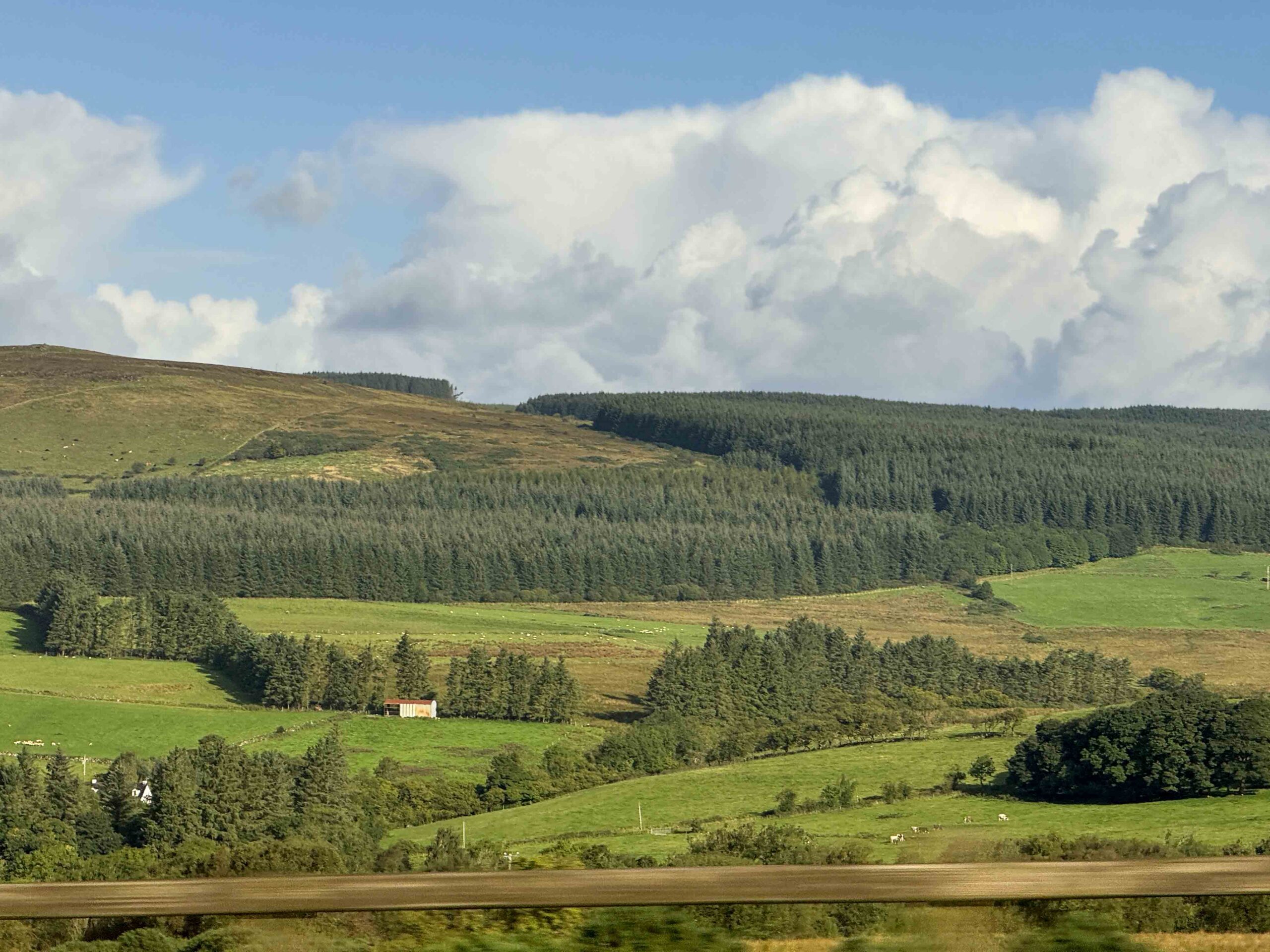 IFA Farm Forestry Chair Padraig Stapleton has acknowledged the establishment of the Group Forest Certification Ireland Board as a positive development for the Irish forestry sector. This follows the inaugural meeting of the Board which was held this week. IFA Forestry Policy Executive Amy Mulchrone has been appointed as a member of the Board by Minister Michael Healy-Rae. “The establishment of the Group Forest Certification Ireland board is a positive initiative by the Minister. The increased focus on voluntary certification of privately-owned forests that this Board will now hopefully bring should significantly scale up the area certified. To date, only 8% are certified, substantially lower than Coillte plantations, which have dual certification from both the Forest Stewardship Council (FSC) and the Programme of Forest Certification (PEFC).”
IFA Farm Forestry Chair Padraig Stapleton has acknowledged the establishment of the Group Forest Certification Ireland Board as a positive development for the Irish forestry sector. This follows the inaugural meeting of the Board which was held this week. IFA Forestry Policy Executive Amy Mulchrone has been appointed as a member of the Board by Minister Michael Healy-Rae. “The establishment of the Group Forest Certification Ireland board is a positive initiative by the Minister. The increased focus on voluntary certification of privately-owned forests that this Board will now hopefully bring should significantly scale up the area certified. To date, only 8% are certified, substantially lower than Coillte plantations, which have dual certification from both the Forest Stewardship Council (FSC) and the Programme of Forest Certification (PEFC).” Forestry leaders have warned Scotland will fail to meet its planting targets for yet another year amid concern investment is going elsewhere. Since annual targets for woodland expansion were set, the Scottish Government has missed the goal every year apart from 2018, when it was met for the first time. In recent years, planting rates have often fallen significantly short of the set targets, with the year from 2022 to 2023 seeing only 8,190 hectares of a 15,000 target planted. Jon Lambert, of Goldcrest Land & Forestry Group, an independent UK firm of chartered surveyors and foresters based in Edinburgh, warned the figures are down because of the lengthy and clunky grant application process. “The amount of planting in Scotland is way down than it should be,” said Mr Lambert.
Forestry leaders have warned Scotland will fail to meet its planting targets for yet another year amid concern investment is going elsewhere. Since annual targets for woodland expansion were set, the Scottish Government has missed the goal every year apart from 2018, when it was met for the first time. In recent years, planting rates have often fallen significantly short of the set targets, with the year from 2022 to 2023 seeing only 8,190 hectares of a 15,000 target planted. Jon Lambert, of Goldcrest Land & Forestry Group, an independent UK firm of chartered surveyors and foresters based in Edinburgh, warned the figures are down because of the lengthy and clunky grant application process. “The amount of planting in Scotland is way down than it should be,” said Mr Lambert.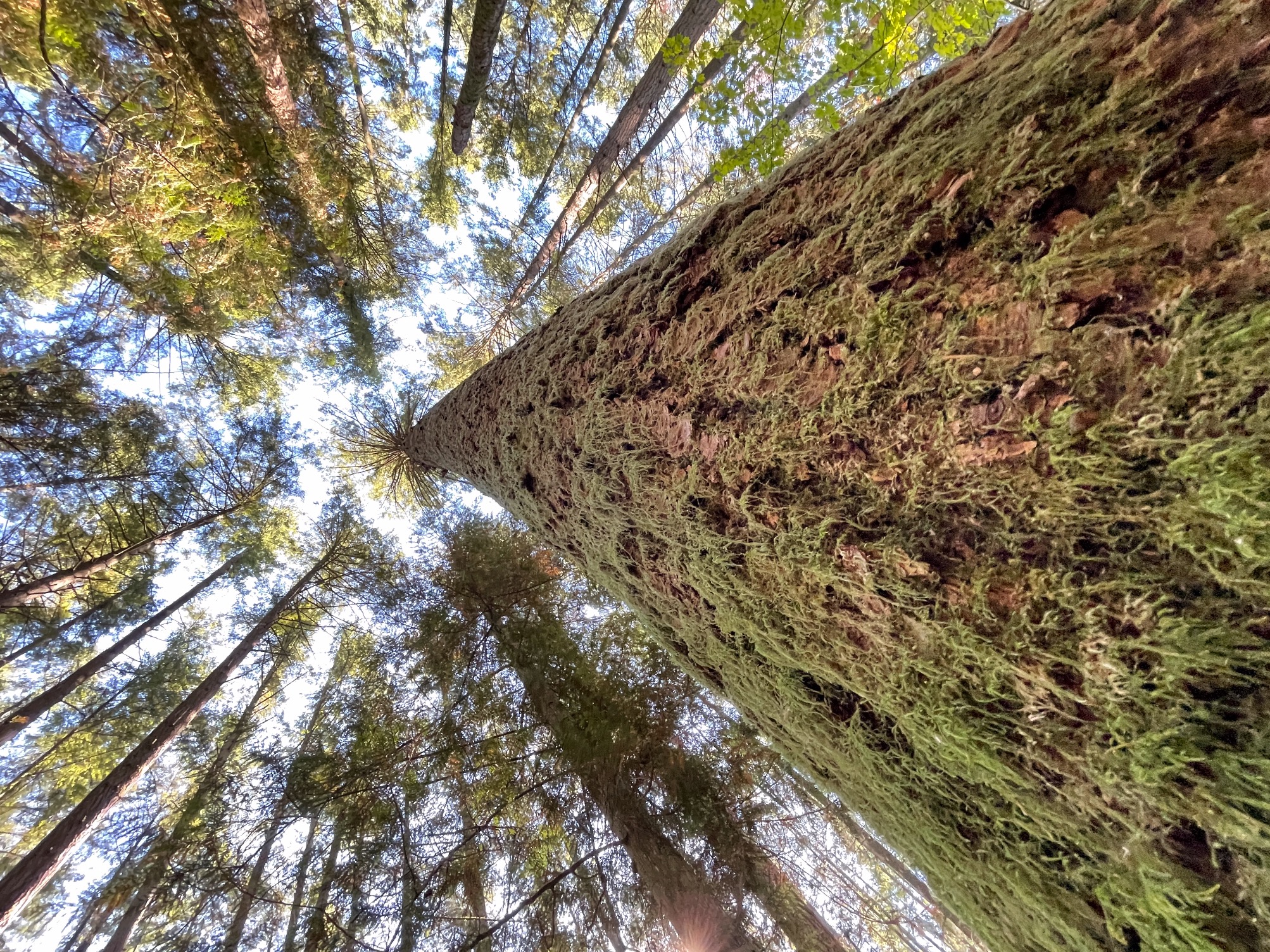 Douglas-fir may prove to be a productive alternative to Sitka spruce for the UK’s commercial forestry sector. That is one of the early conclusions from ongoing research to test the suitability of 17 tree species as potential options for future timber production. Taking place across a network of nine large-scale experiments (in locations such as the Newcastleton, Cowal, and the Black Isle), the Forest Research-led investigation also found Douglas fir had the promise for further use in the south and east of the country, where the climate is forecast to become significantly hotter and drier than today. While already considered by many as a serious option, the species only makes up around 4 per cent of the UK’s total commercial forest.
Douglas-fir may prove to be a productive alternative to Sitka spruce for the UK’s commercial forestry sector. That is one of the early conclusions from ongoing research to test the suitability of 17 tree species as potential options for future timber production. Taking place across a network of nine large-scale experiments (in locations such as the Newcastleton, Cowal, and the Black Isle), the Forest Research-led investigation also found Douglas fir had the promise for further use in the south and east of the country, where the climate is forecast to become significantly hotter and drier than today. While already considered by many as a serious option, the species only makes up around 4 per cent of the UK’s total commercial forest.